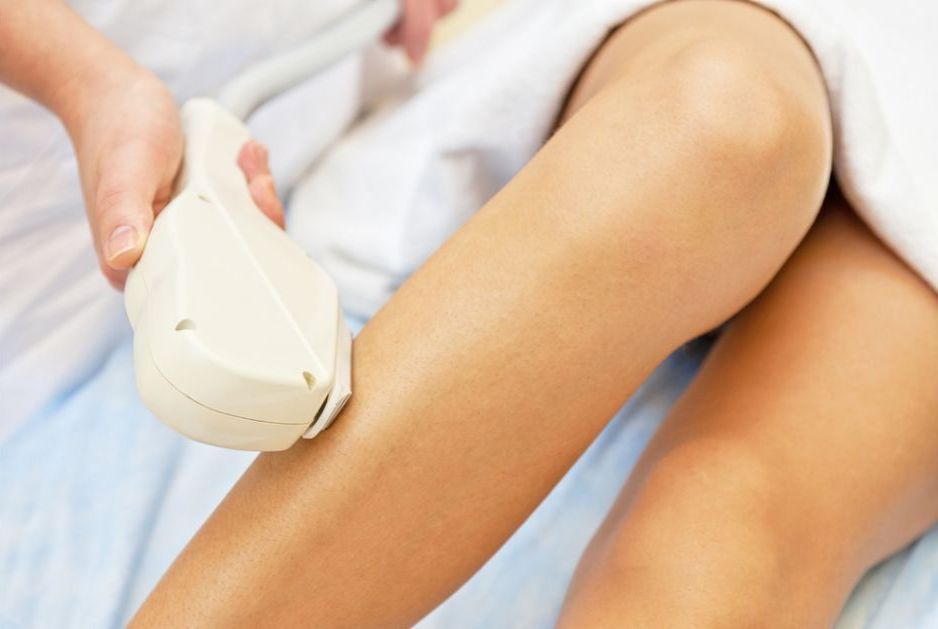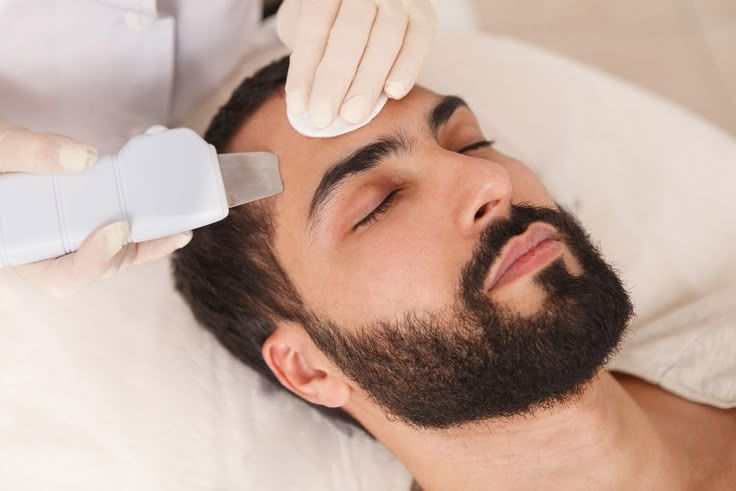How Permanent is Laser Hair Removal
Unwanted hair is incredibly frustrating. Regardless of whether you pluck, shave, wax, or use depilatory creams, removing unwanted hair is a constant cycle. However, there is a better way to deal with unwanted hair. At Bel Viso Medical Spa in East Greenwich, RI, we offer laser hair removal. Today, we’re answering some of our most frequently asked questions about this treatment, including how long the results of treatment last.
Laser Hair Removal FAQs
Enjoy Silky Smooth Skin for Years
The results of laser treatments to remove unwanted hair will last for years. If you don’t suffer from extreme hormone imbalances in the future, the results of your treatment can last for life. Contact us now at Bel Viso Medical Spa in East Greenwich, RI to book an appointment with Mari Nadolny and find out if this treatment is right for you. Mari has been a licensed aesthetician since 2012 and will ensure each treatment session is comfortable and effective.






